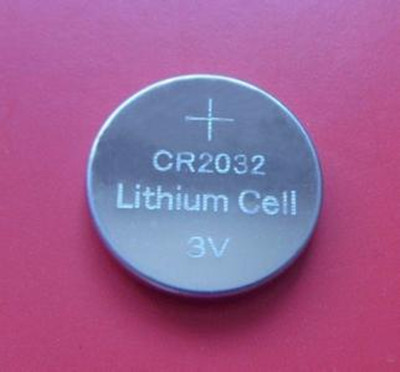They're called button cells, coin cells or watch batteries.
它们被称为纽扣式电池、硬币电池或手表电池。
By any name, these tiny, round batteries pose a choking danger to small kids.
但无论名字如何,这些小圆电池极易造成儿童窒息。
And if a child succeeds in swallowing a button cell, the battery may short-circuit in the moist esophageal environment, burning the tissue.
而且如果儿童真的不幸吞下,电池可能会因为食道的潮湿环境短路从而烧坏身体组织。
A few thousand kids wind up in emergency rooms each year after swallowing a button battery.
每年有几千名儿童因吞咽电池而被送往急诊室。
But a team of Harvard and M.I.T. researchers that includes prolific inventor Robert Langer thinks they have a partial solution: a protective coating.
但包括多产发明家罗伯特·兰格在内的哈佛大学和麻省理工的一组研究人员都认为已经找到了这个问题的部分解决方案:那就是保护涂层。

The scientists covered batteries with a material—technically a quantum-tunneling composite—in which microparticles of conductive metal are suspended in an insulating layer.
科学家们用一种名为QTC合成物的材料裹住电池从而使得导电的金属微粒在绝缘层内同外界隔离。
Under most circumstances, including inside of a child, the layer is nonconductive.
在包括儿童体内的大多数试验情况下这种涂层都是绝缘的。
But when the material is subjected to high pressure, the microparticles are squeezed close enough together to carry a current.
但当这种材料受到高压影响其中的金属微粒受到挤压便会带电。
One such pressurized environment is the typical battery compartment in a small device—you often have to force the battery into place.
其中一个理想的压力环境正是小型设备的典型电池盒—人们通常都是按压进行放置。
So the same battery that remains inert when swallowed works just fine when it's jammed into its slot in a hearing aid.
因此,一块被吞下的不活泼电池在放进助听器的电池槽里便可正常供电。
The waterproof design would also protect batteries from corrosion in high humidity.
而且附带的防水设计也可使得电池在潮湿环境里免受腐蚀。
The research is in the Proceedings of the National Academy of Sciences USA.
这项研究已经在《美国国家科学院院刊》上发表。
Tests with pigs found the coated batteries to be gentle on the porcine esophagus.
通过动物检测发现这种涂层的电池在猪的食道内表现温和。
Next step: figure out a way to keep kids from putting the batteries in their mouths in the first place.
科学家们的下一步首先是想出办法不再让儿童将电池放进嘴里。
Can a quantum tunneling composite be made to taste terrible?
能让这种材料尝起来很难吃吗?


